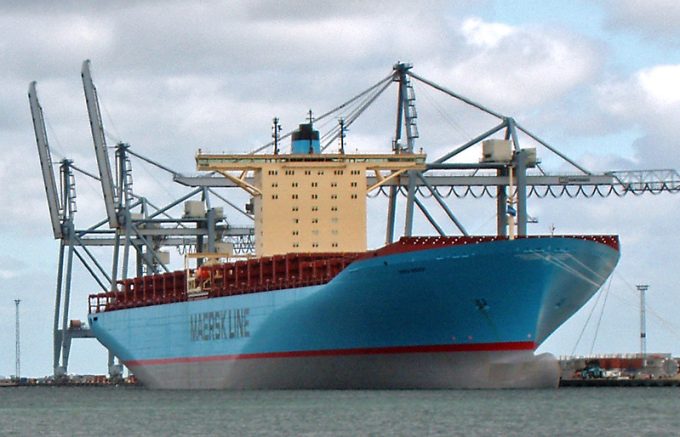
‘House-forward’ layouts might be the last available option for increasing capacity on new megamax box ship designs, with a 400m by 24m footprint reaching the limits of its potential.
Alphaliner is hedging its bets by suggesting that “close to” 26,000 teu could be achieved within the megamax footprint through optimisation of machinery space and further exploration of a concept by Japan’s Nihon Shipyard, for a series of ONE vessels, of balancing a further stack of containers on ...




Comment on this article